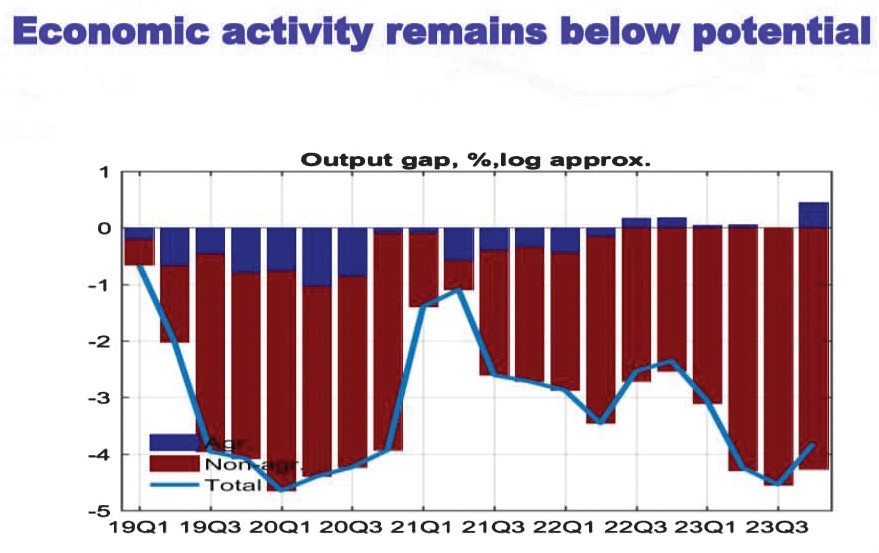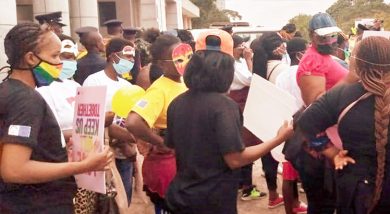Economic activity below potential
Malawi’s economic activity has remained below potential for years, an indication that fighting poverty and improving people’s welfare is but a dream.
For instance, Reserve Bank of Malawi (RBM) data which Business News has seen shows that for six years running, the country’s output gap, an economic measure of the difference between the actual output of an economy and its potential output, has been in the negative.

The data shows that the country’s output gap has worsened from negative 0.6 percent in the first quarter of 2019 to negative 3.8 percent in the last quarter of 2023.
According to economists, this is an indication that the country does not use its full potential and that it will have a hard time growing its middle class and ending poverty.
In an interview yesterday, economist Gilbert Kachamba said a negative output gap means that the country is under-utilising the factors of production such as land, capital and labour.
He said: “This has negative implications to the economy such as increase in unemployment, worsening inequality and increased government expenditure coupled with reduced government revenues.
“All these will make the fight against poverty more difficult.”
In a separate interview, Scotland-based Malawian economist Velli Nyirongo said the negative output gap has jeorpadised the growth of the economy.
He said the output gap could happen because of unstable economy, climate shocks and policy inconsistencies, among others.
Said Nyirongo: “The output gap is bad for Malawi and its people. It means the country is not growing as fast as it could, which means fewer jobs and more poverty.
“It also means the government has more debt, which means less money for things such as schools and hospitals.”
On his part, economist Bond Mtembezeka observed that the situation has implications on economic welfare and poverty.
For instance, in the past two years, economic growth has remained below two percent of the gross domestic product (GDP), translating to a real per capita contraction and poverty has stagnated at above 70 percent, which is an equivalent of $2.15 (about K3 655), according to the World Bank.
“Persistent climate volatility disrupting the production process, long-standing macroeconomic imbalances emanating from sustained high fiscal and external deficits and a series of exogenous shocks have contributed to this trajectory,” reads the recent World Bank country analysis.
In July last year, the World Bank warned that the number of people living below the international poverty line of $2.15 per day in Malawi could increase if the country continues to face climate or external shocks.
Meanwhile, it has emerged that Malawi’s 2023/24 GDP growth could contract by between four and 8.6 percent due to adverse climatic conditions influenced by the current El Nino weather pattern.
The Malawi First 10-Year Implementation Plan for Malawi 2063 development strategy targets to graduate Malawi into a middle-income economy and achieve most of the Sustainable Development Goals (SDGs) and grow the economy by at least six percent.
National Planning Commission public relations and communications manager Thom Khanje is on record as having said regardless of the shocks, Malawi could still achieve its 2030 targets of graduating to a middle-income economy and achieving most of the United Nations SDGs.
He said: “Shocks, climate or otherwise, will continue to hit us as a country, just like other nations around the world.
“But that shouldn’t stop us from achieving our development targets.”





